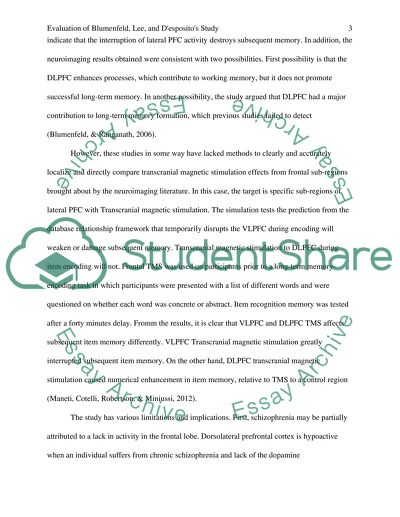Cite this document
(“Evaluation of Blumenfeld, Lee, and D'esposito's Study Essay”, n.d.)
Evaluation of Blumenfeld, Lee, and D'esposito's Study Essay. Retrieved from https://studentshare.org/psychology/1664471-evaluation-of-blumenfeld-lee-and-despositos-study
Evaluation of Blumenfeld, Lee, and D'esposito's Study Essay. Retrieved from https://studentshare.org/psychology/1664471-evaluation-of-blumenfeld-lee-and-despositos-study
(Evaluation of Blumenfeld, Lee, and D'esposito'S Study Essay)
Evaluation of Blumenfeld, Lee, and D'esposito'S Study Essay. https://studentshare.org/psychology/1664471-evaluation-of-blumenfeld-lee-and-despositos-study.
Evaluation of Blumenfeld, Lee, and D'esposito'S Study Essay. https://studentshare.org/psychology/1664471-evaluation-of-blumenfeld-lee-and-despositos-study.
“Evaluation of Blumenfeld, Lee, and D'esposito'S Study Essay”, n.d. https://studentshare.org/psychology/1664471-evaluation-of-blumenfeld-lee-and-despositos-study.


